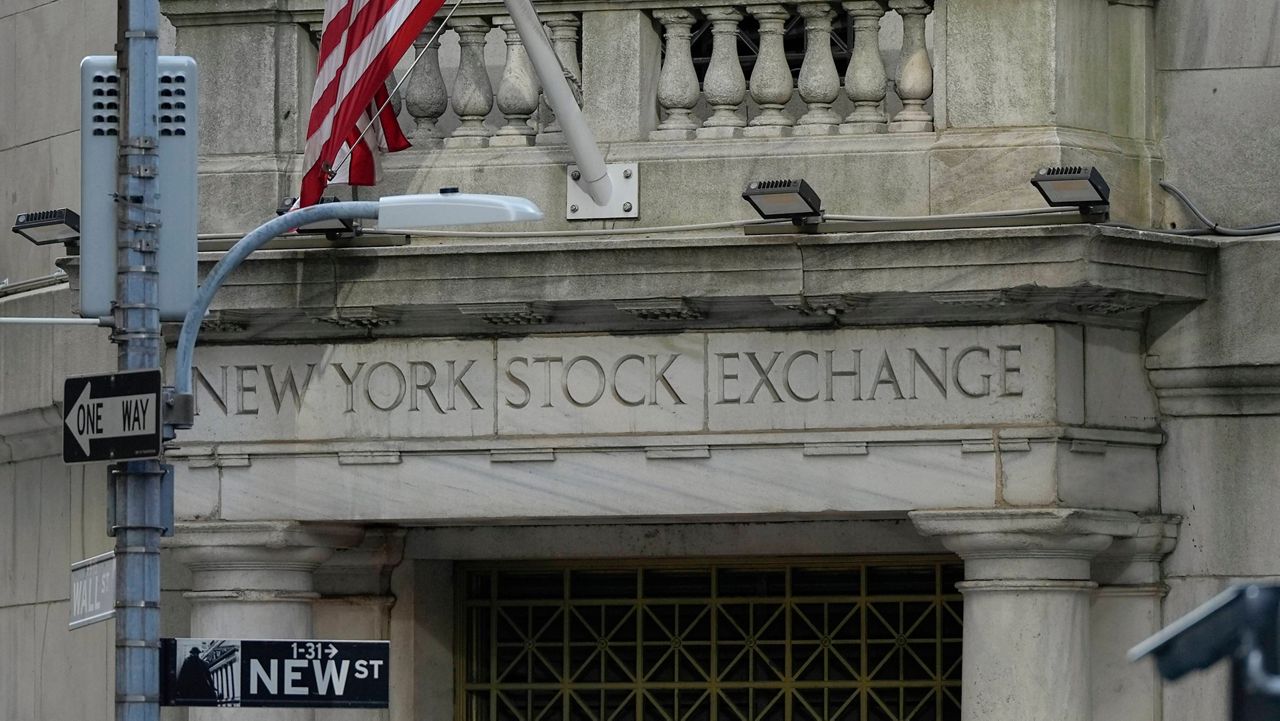Wall Street Trembles: Trade Tensions Spark Market Meltdown as Business Confidence Crumbles

Wall Street experienced a significant downturn on Friday, with the S&P 500 plummeting 1.7% in its most substantial decline since early autumn. Investors watched nervously as market sentiment took a sharp turn, marking the index's most challenging trading session in two months. The steep drop reflects growing economic uncertainties and potential shifts in market dynamics, sending ripples of concern through the financial landscape.
